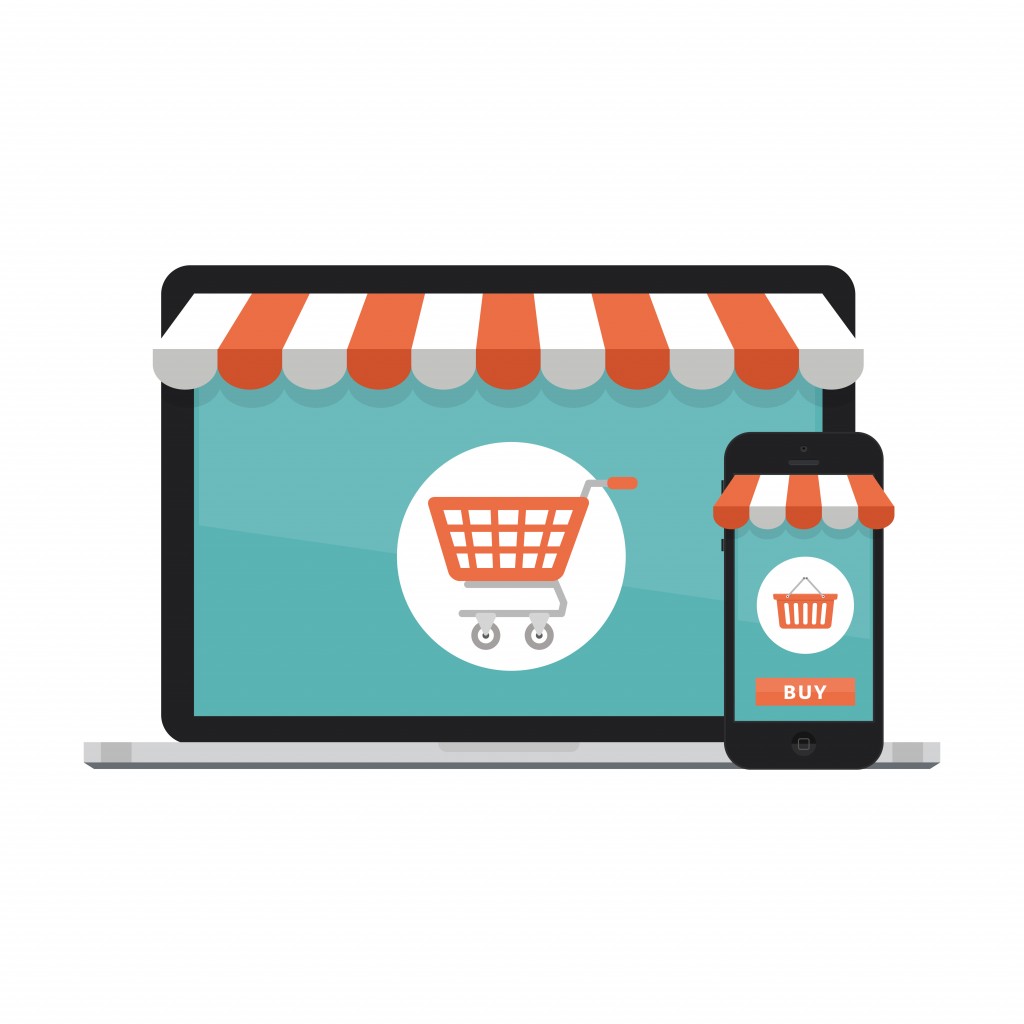The online world has an extensive catalog of products nowadays. In this mix comes fake vendors selling stolen goods or knock-offs. Are you not sure if you’re getting duped? Here are some easy ways to spot a sketchy seller.
Is the Price Too Good?
Even if online sales slash a lot of the prices off, make sure you get from a reliable source with realistic prices. A good way to spot this even during a major sale is checking the base price. Does it match the market value on official product websites and physical stores?
If you’re not sure how to compare the price points, you can use a price tracking tool that monitors different brands and their prices on the market. It is not only an excellent comparative tool that you can use to see the different prices out there, but it can also help you weed out any fraudulent vendors.
This tool covers both sellers who sell fake products under the guise of legitimate goods and those who sell the real thing but aren’t authorized to do so. Even brands themselves can make use of this tool to keep those sellers at bay. Check out your preferred brand’s official channels to see if they have any posts about their affiliates and such.
Are the Reviews Reputable?

Fake reviews are rampant these days. That’s because brands know that many online buyers rely on the feedback of fellow consumers to make their final decision. Make sure you see the real content and not posts that are from either bots or paid commenters.
Check the number of reviews first. If there are quite a few, take the time to read through them to see if you are reading real posts. If it has pictures and is detailed, there is a better chance you’re reading a real one.
From this, you can find out if a trustworthy seller is selling the product you’re eyeing. In the reviews, you can also find out if it’s a legit product because of disgruntled consumers who post about getting fake items.
Studies have also shown that fake reviews tend to use more “narrative” elements than actual details about the product. They also use more verbs than nouns. While the method isn’t foolproof, it makes it easier to spot whether you are getting faked.
Are You Sure About the Supplier?
You don’t have to do too much digging for this. Most online sellers have basic info about how they fulfill orders. From here, there are basics you can check on suppliers to see if they are selling fake or unauthorized products.
Check if the items are sealed and if they are affiliated with the brand. Does the supplier have a system where you pay now and get the order later? That tends to be employed by sketchier sources, as bank transfers are harder to get back than credit payments.
If you are purchasing from a wholesale supplier, make sure they have trackable contact information. If they are harder to reach, it’s easier for them to vanish when it comes down to it.
Take note of these tricks when purchasing online. Doing so, you can enjoy the spoils of online shopping without getting conned.






